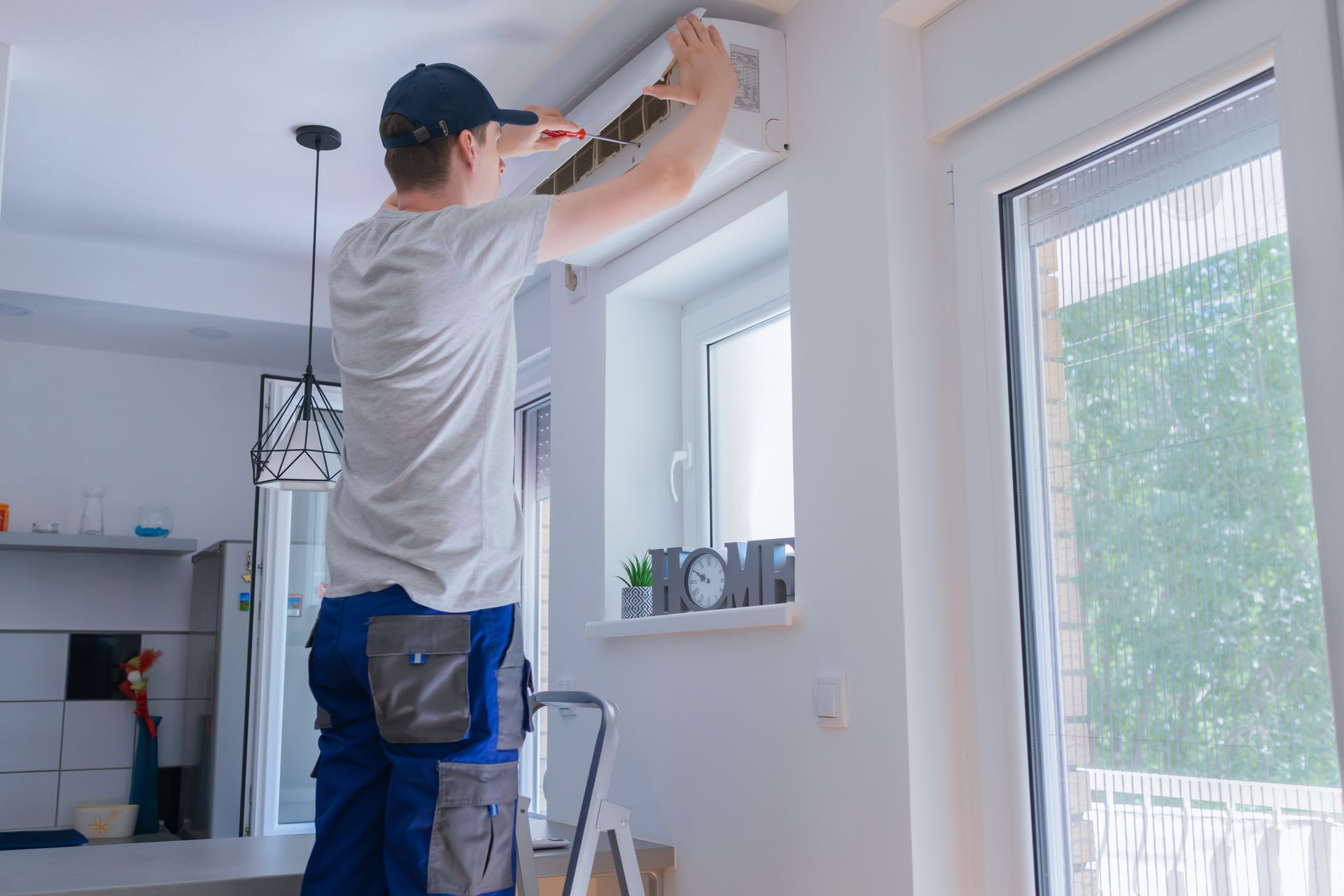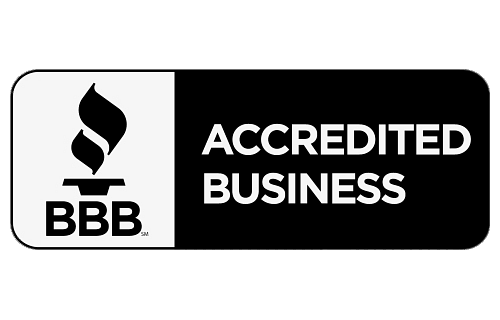Managing the Impact of Refrigerant Regulations: Strategies for Homeowners
The world of HVAC is constantly evolving, and recent refrigerant regulations are reshaping the industry landscape. For homeowners in the Tampa Bay area, understanding these changes is crucial to ensure energy efficiency and compliance with new standards. This guide will provide insights into navigating the refrigerant transition, backed by the American Innovation and Manufacturing (AIM) Act, and offer practical strategies for homeowners.
Understanding the Refrigerant Transition
The AIM Act, enacted in December 2020, mandates a phasedown of hydrofluorocarbons (HFCs) due to their high Global Warming Potential (GWP). The Environmental Protection Agency (EPA) oversees this shift, targeting an 85% reduction in HFC consumption by 2036. This transition impacts how refrigerants are used and regulated, pushing towards eco-friendlier alternatives.
Key Components of the AIM Act
1. Phasedown of HFCs: The primary objective is to reduce the production and consumption of HFCs, focusing on high-GWP varieties like R-410A.
2. Leak Management: Stricter leak detection protocols aim to minimize emissions, ensuring that existing systems contribute less to environmental degradation.
3. Reclamation Programs: These initiatives promote using reclaimed refrigerants, curbing the dependence on newly produced HFCs.
Important Dates to Remember
- January 1, 2025: All new residential and commercial HVAC systems must utilize refrigerants with a GWP of 700 or less, like R-454B and R-32.
- January 1, 2026: Equipment manufactured before this date can still be installed but must adhere to the new operational standards.
The Impact on Homeowners and the HVAC Industry
The new regulations necessitate redesigns in HVAC systems to accommodate compliant refrigerants. This change might lead to increased manufacturing costs and accelerated system replacements for some homeowners. However, existing systems are not immediately affected, allowing time for gradual adaptation.
Strategies for Homeowners
1. Stay Informed: Regularly update yourself on HVAC industry changes and the specific impacts of the AIM Act. Being informed empowers you to make timely, proactive decisions.
2. Assess Your Current System: Evaluate your current HVAC system's efficiency. If your system is nearing the end of its lifespan, consider replacing it with a compliant model.
3. Consider Energy-Efficient Models: When upgrading, choose models that use low-GWP refrigerants. This not only ensures compliance but also enhances your home's energy efficiency.
4. Schedule Regular Maintenance: Engage in routine inspections and maintenance checks to ensure your system is running efficiently. Regular maintenance can prevent leaks and other issues that could lead to non-compliance.
5. Opt for Reclaimed Refrigerants: If your system requires refrigerant refilling, ask technicians about using reclaimed options. This not only meets regulatory standards but also supports environmental sustainability efforts.
Dynamic Heating & Cooling: Your Local Partner in Compliance
Navigating the complexity of refrigerant regulations doesn’t have to be daunting. At Dynamic Heating & Cooling, we’re committed to guiding Tampa Bay homeowners through these changes with expertise and ease. By offering free consultations, expert installations, and maintenance plans, we ensure that your home remains comfortable, compliant, and cost-efficient.
Take Action Today!
Don’t wait until the deadlines are upon you. Schedule a free consultation with our expert team at Dynamic Heating & Cooling. We’ll assess your current system and discuss options that align with the latest regulations, ensuring your home stays ahead of the curve.
Ready to optimize your indoor climate while staying compliant? Contact Dynamic Heating & Cooling today to learn more about our services and how we can assist you in preparing for the future.
By understanding and anticipating these refrigerant regulations, Tampa Bay homeowners can make informed decisions that benefit both their homes and the environment. Let Dynamic Heating & Cooling be your trusted partner in navigating this transition.












